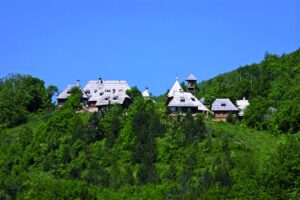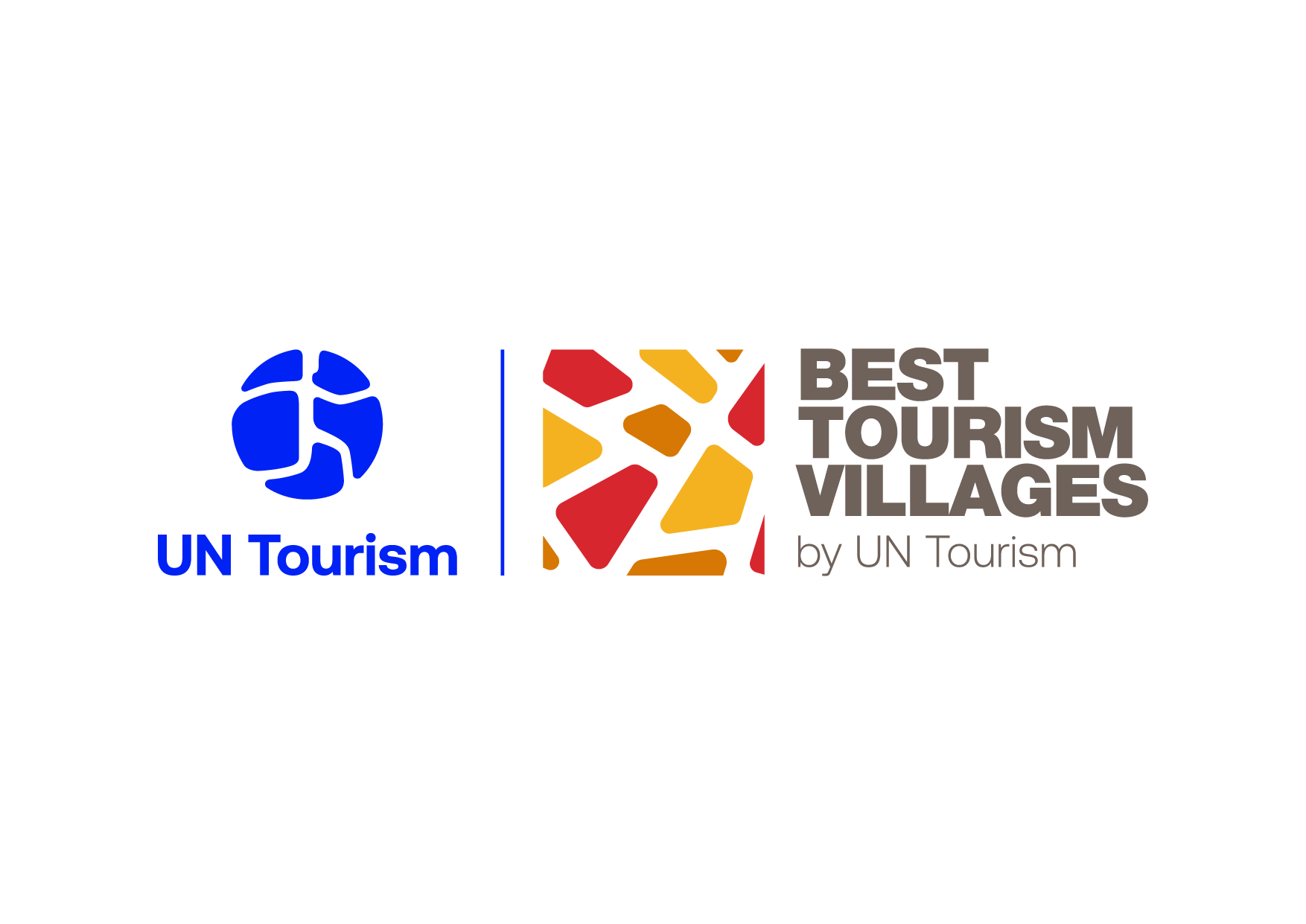MOKRA GORA
SERBIA
2021
Contact
Western Serbia region
Territory of the city of Uzice
Republic of Serbia
Mokra Gora village lies between the southeastern slopes of Mount Tara and the southwestern slopes of Mount Zlatibor, in the Mokra Gora-Rzav valley.
The Mokra Gora region boasts many different plant species of national and international importance. 102 species are protected under the Bylaw on Designation and Protection of Strictly Protected and Protected Wild Species of Plants, Animals and Fungi. The forests of the region are essential in regulating the ecological conditions in the immediate and wider surroundings and are major contributors to the global and regional ecosystems.
Hydrographic potential of the Šargan and Mokra Gora region comprises groundwater, springs, large and small river streams and hot mineral water. The river network of Mokra Gora includes the Kamišna, the White Rzavand the Black Rzav and their tributaries.
The area of the Mokra Gora village is a treasure trove of cultural and historical assets, tradition, ethnological heritage and folk architecture, which bespeak the population’s spirit and cultural identity. The tumultuous history of this region situated on the border between the East and the West has left numerous material traces, cultural monuments and spirituality.
The traditional living quarters in Mokra Gora and its hamlets are old Wallachian log cabins, with a wall-supporting structure of stone and a four-sided roof made of shingles or logs. In addition to residential quarters, a traditional yard also featured other ancillary structures: dairies for storing dairy products in the summer and curing meat in the winter, smokehouses for drying fruit, “chardak” structures for storing maize, pens, stables, watermills androlling mills used for rolling linen (cloth). Today, only a fraction of the traditional household structures have been preserved in their original form. One of the hamlets that still preserves the region’s folk architecture tradition is Milekići.
The inhabitants of Mokra Gora still preserve and practice their traditional crafts. As the region has always been rich in forests, the people of Mokra Gora were skilful carpenters and made numerous items for everyday use out of wood. While the modern-day population has moved on to rather different ways of earning their livelihood, many households still preserve, even if only partially, some of the traditional crafts. The people of Mokra Gora were also renowned as makers of tar, kindling wood and tar. Today, the region remains the only part of Serbia that still preserves the traditional tar-making method.
In keeping with the environment, the population traditionally made its living from forestry and agriculture, in particular animal husbandry. The region produced timber, kindling wood, tar, meat, milk, leather, wool, fruit, maize, honey, wax, the traditional brandy called “rakija” and hemp or flax cloth.
HIGHLIGHTS
-

On the train to the past
Mokra Gora is a village that has been given a new life thanks to its active community, who participated in the reconstruction of the narrow-gauge railway Šarganska osmica, a tourist railroad which retraces the route of old historical tracks, and that is now protagonist of new tourist routes that stimulate the development of small rural centres.
-

Exceptional characteristics to be protected
The area of Mokra Gora, Šargan and the southern slopes of Mount Tara have been part of the protected area of the National Park Tara since 1981, when this was formed. A higher level of protection was given in 2005, when this area was given the status of the area of exceptional characteristics, also thanks to the new attention created by the historic railroad.

